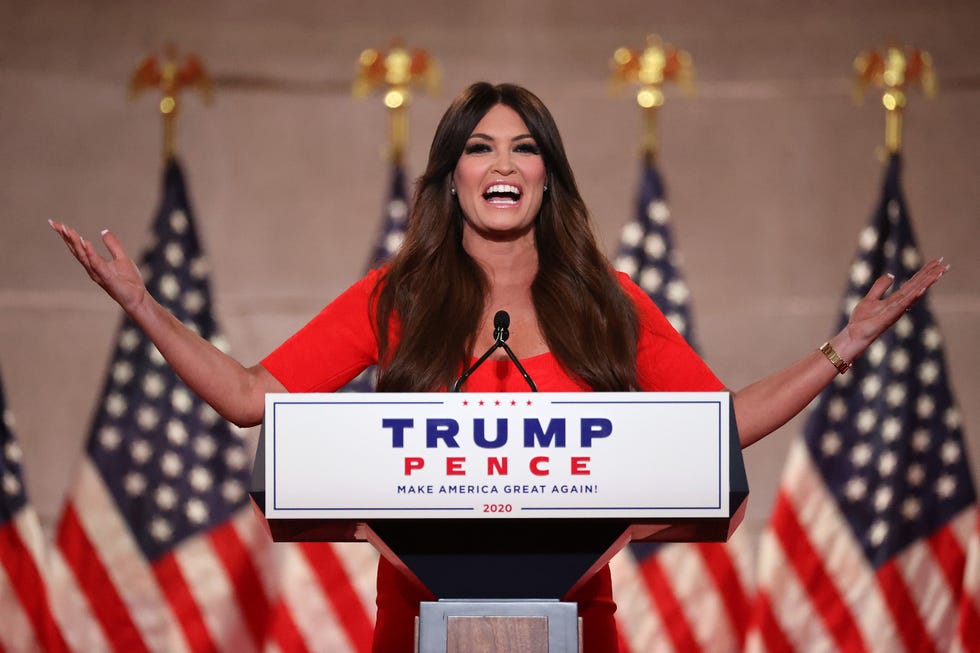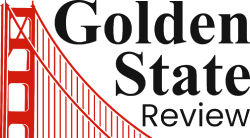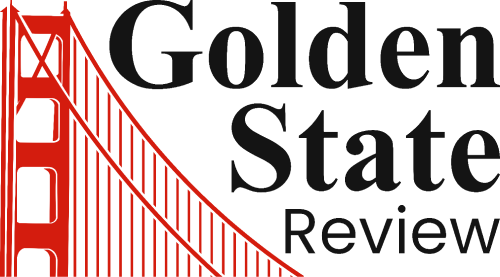San Francisco’s Political Landscape: The Rise of Harris and Guilfoyle
Contrasting Pathways in Politics
As the 2024 Election Day approaches, the journeys of Kamala Harris and Kimberly Guilfoyle illuminate the complexities of American politics. Both women, emerging from California’s vibrant political scene, showcased their distinct political ideologies during their respective party conventions in 2020.
Kamala Harris: A Historic Candidate
Kamala Harris, the Democratic vice presidential candidate, delivered a measured 18-minute speech at the Democratic National Convention in August 2020. While her historic candidacy—being the first Black and South Asian woman on a major party ticket—was a significant milestone, critics noted her delivery was more understated than impassioned.
Kimberly Guilfoyle: A Different Approach
In stark contrast, Kimberly Guilfoyle, former Fox News host and an advisor within the Trump campaign, captivated the audience at the Republican National Convention. Sporting a striking red dress, she fervently criticized the Democratic Party and lauded Donald Trump’s leadership, captivating viewers with her dynamic delivery.

The Influence of San Francisco’s Political Machine
Despite the differences in their political messages, both Harris and Guilfoyle were products of San Francisco’s influential Democratic political landscape. This “machine” has cultivated numerous notable figures such as Nancy Pelosi, Dianne Feinstein, and Gavin Newsom, illustrating a network intertwined with power, connections, and progressive agendas.
Personal Connections and Pivotal Roles
Harris and Guilfoyle share a common background, having both worked in the San Francisco district attorney’s office early in their careers. This intimate setting facilitated relationships that would prove critical in their political ascents. Political expert Miriam Pawel notes, “San Francisco is this little town… so many of California’s politicians come out of this—right out of the machine.”
Political Legacy and Future Implications
Notably, until Harris’s candidacy, no Democrat from California had ever been on a national ticket, reflecting the unique historical significance of her nomination. The overarching power of San Francisco’s machine, however, has driven political strategies that extend well beyond local boundaries, emphasizing the city’s role in shaping national policies.
The Evolution of Political Machines
Political machines, while often associated with corruption, serve as engines of support and influence in the political arena. They facilitate entry for newcomers while propelling the careers of seasoned operators. The San Francisco political machine showcases how interconnected relationships foster both broad influence and individual success.
Social Interactions and Fundraising Ability
Connections in San Francisco’s elite social circles, notably among wealthy families like the Gettys and the Pritzkers, enhance fundraising capabilities crucial for political campaigns. Harris, in particular, leveraged these connections early in her career, laying the groundwork for her rise from district attorney to vice presidential candidate.
Challenges Ahead
While both Harris and Guilfoyle embody their respective party ideals, the future landscape will be shaped by evolving voter sentiments and the unresolved issues California faces today, including income disparity and environmental challenges. Their journeys underscore the intricacies of modern politics, reflecting a microcosm of American values and conflicts.
Conclusion: The Future of “San Francisco Values”
The choices made by Democratic and Republican parties are not merely electoral strategies; they reflect deeper societal narratives. As Harris and Guilfoyle navigate their paths, the implications of their political ideologies and the legacy of San Francisco’s political sphere will continue to resonate in the broader American political context.



